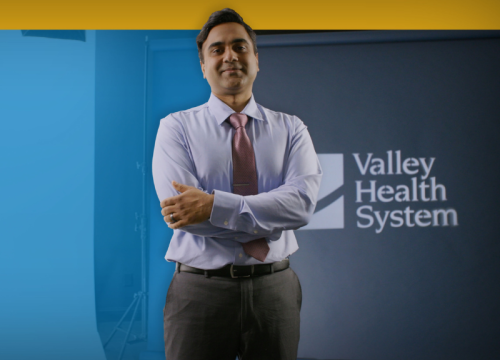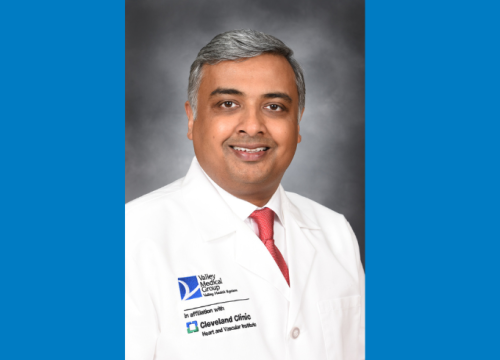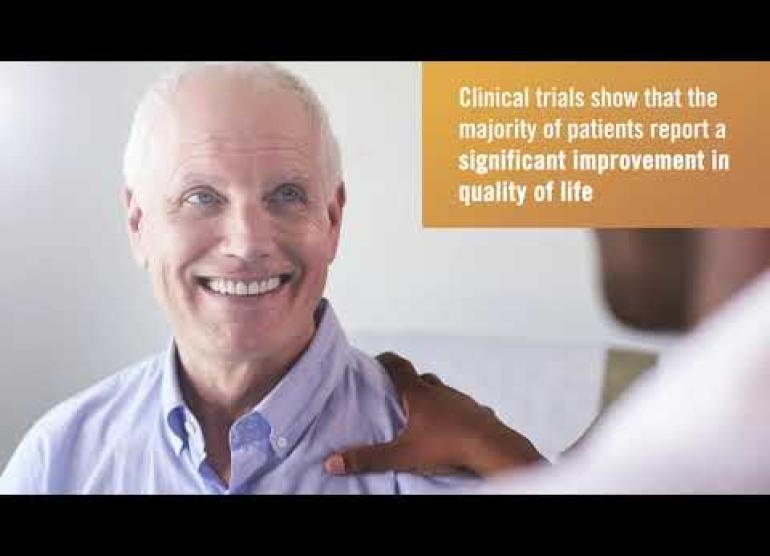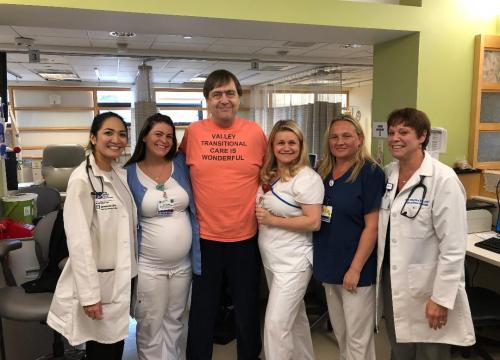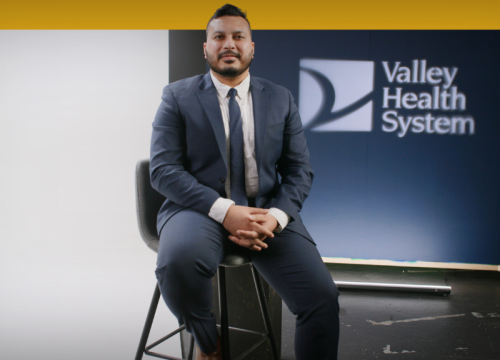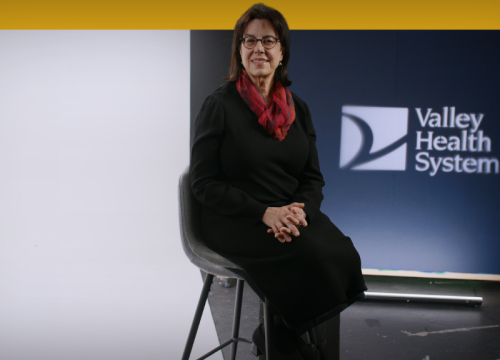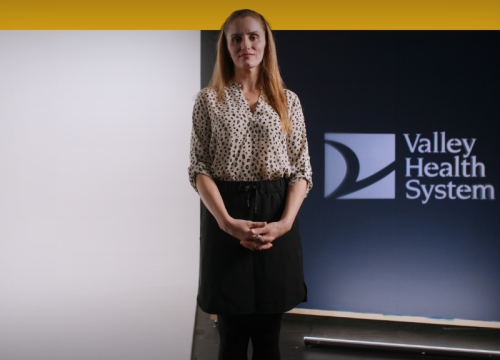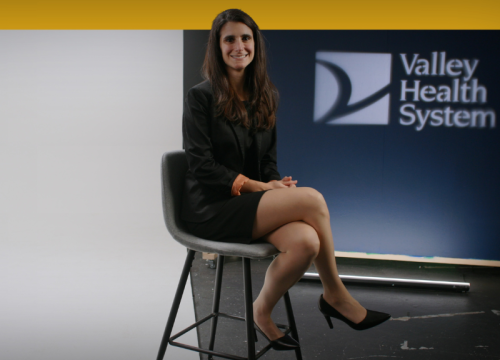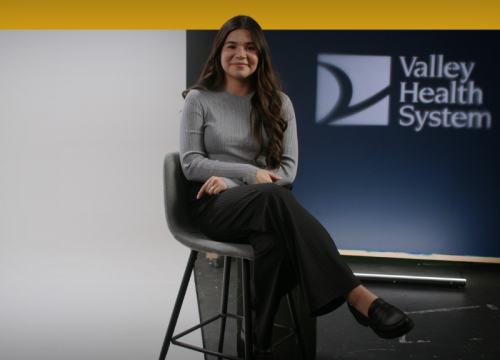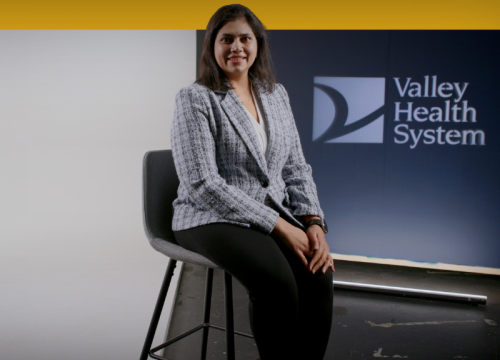Cardiac resynchronization therapy (CRT) is a heart failure treatment that uses a device to help regulate your heart rhythm. When CRT includes an implantable cardiac defibrillator (ICD), it’s called CRT-D.
When you have heart failure, your heart may not pump enough blood throughout your body. This is especially true when your heart’s lower chambers don’t beat in sync with each other. CRT-D detects and corrects this heart arrhythmia (irregular heartbeat), which helps improve blood flow.
At Valley, more than two-thirds of our patients experience a significant improvement in their symptoms and quality of life with CRT-D. Our heart failure specialists and electrophysiologists work together to determine if CRT-D therapy is right for you.
What is CRT-D?
CRT-D uses a device that delivers electrical pulses to your heart. These pulses are intended to correct heart arrythmia so your heart can pump more effectively.
How CRT-D Works
A CRT-D system has two main parts that work together:
- An implantable cardioverter defibrillator (ICD), which generates small electrical pulses
- Three leads, which are thin wires that deliver the generated pulses from the defibrillator to the heart
The CRT-D Procedure
CRT-D involves a minimally invasive procedure to implant the device. Here’s what you can expect with the procedure:
- You’ll receive light sedation to keep you comfortable during the procedure. You’ll also receive a topical medication to numb the area of your skin where your provider will implant the device.
- Your Valley provider will create a small pocket under your skin, just underneath your collarbone.
- They’ll implant the device into the pocket.
- They’ll then place electrical leads on both sides of your heart through your veins.
Recovery After Your CRT-D Procedure
You can expect to spend one night in the hospital after your procedure. This way, your Valley provider can make sure your device is working properly.
After you leave the hospital, you should be able to return to normal activities within a few days. Your provider may recommend avoiding certain activities, like driving or heavy lifting, for a certain amount of time.
Am I a Candidate for CRT-D?
At Valley, our heart failure and electrophysiology specialists work together to address your heart failure symptoms. They may recommend CRT-D if other treatments aren’t improving your symptoms or correcting your arrythmia.
You may be a candidate for CRT-D therapy if:
- You experience moderate to severe heart failure symptoms.
- You have dangerous heart rhythm problems that could lead to heart failure complications, like cardiac arrest.
- You have a left bundle branch block condition affecting the lower-left portion of your heart. This means you have a delay or blockage along the pathway of electrical impulses that affect your heartbeat.
- You have a slow heart rate.
Why Choose Valley for CRT-D?
- Expertise in heart failure devices: Valley’s heart failure team was among the first in the region to offer devices like CRT-D and cardiac contractility modulation (CCM). With this level of expertise, we specialize in implanting the devices and follow-up care to improve your quality of life.
- Leaders in heart rhythm conditions: As national leaders in treating arrhythmias, Valley’s electrophysiology team understands how heart failure affects your heart rhythm. They lead and participate in clinical trials looking at how to improve outcomes for our patients.
- A wide range of treatment options: At Valley, our goal is to improve your heart health with treatments that are the right fit for you. If CRT-D doesn’t improve your symptoms, Valley’s heart failure team can offer other treatment options. They’ll work with you and other Valley heart specialists to determine if other devices or procedures can help you.


